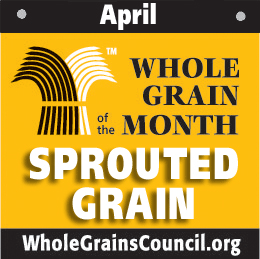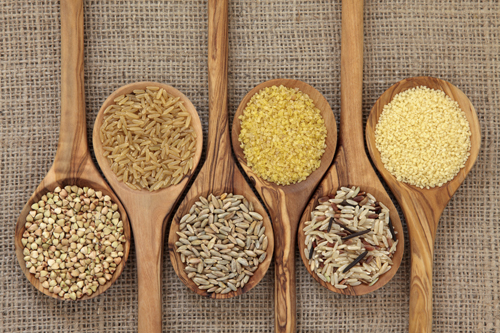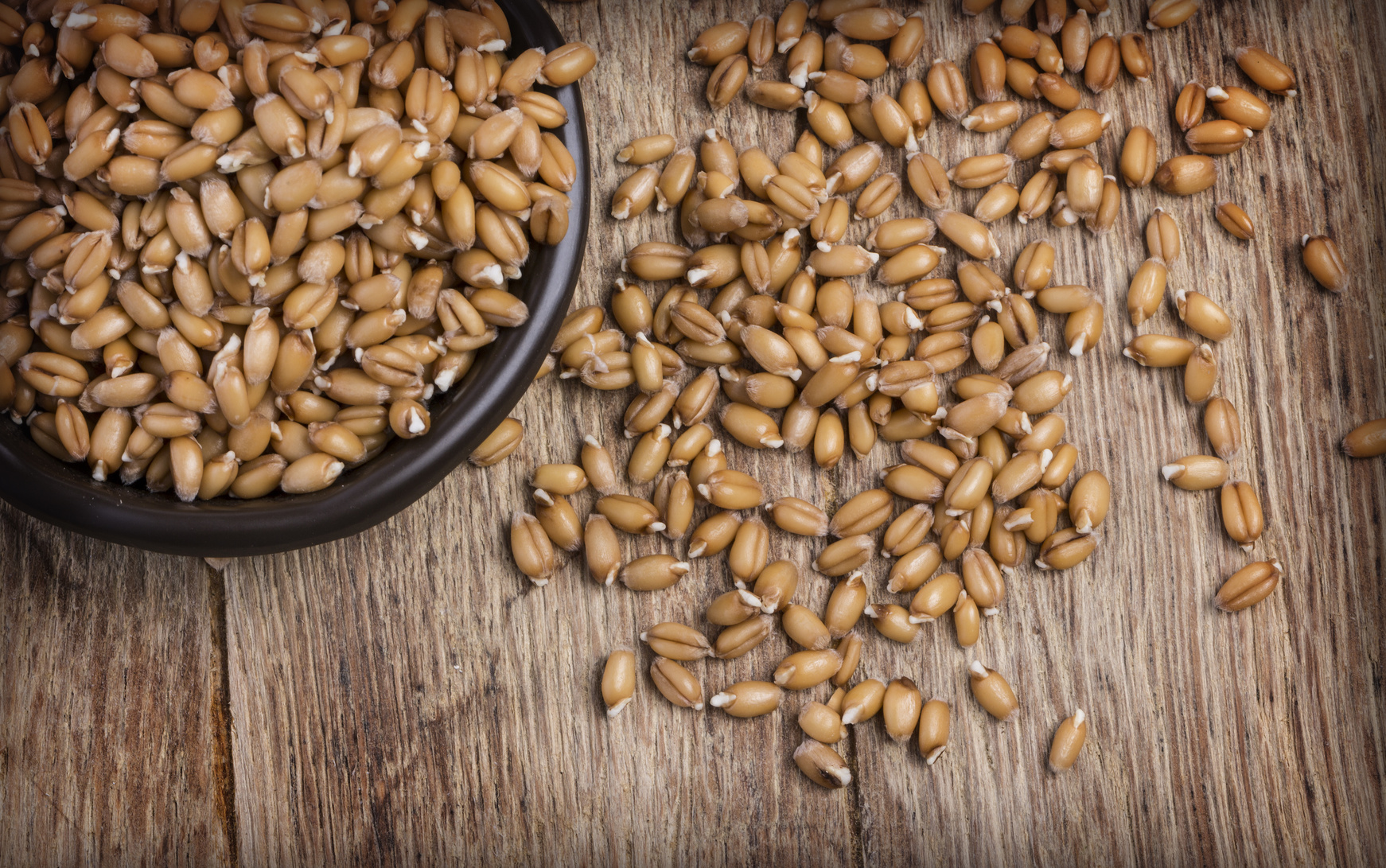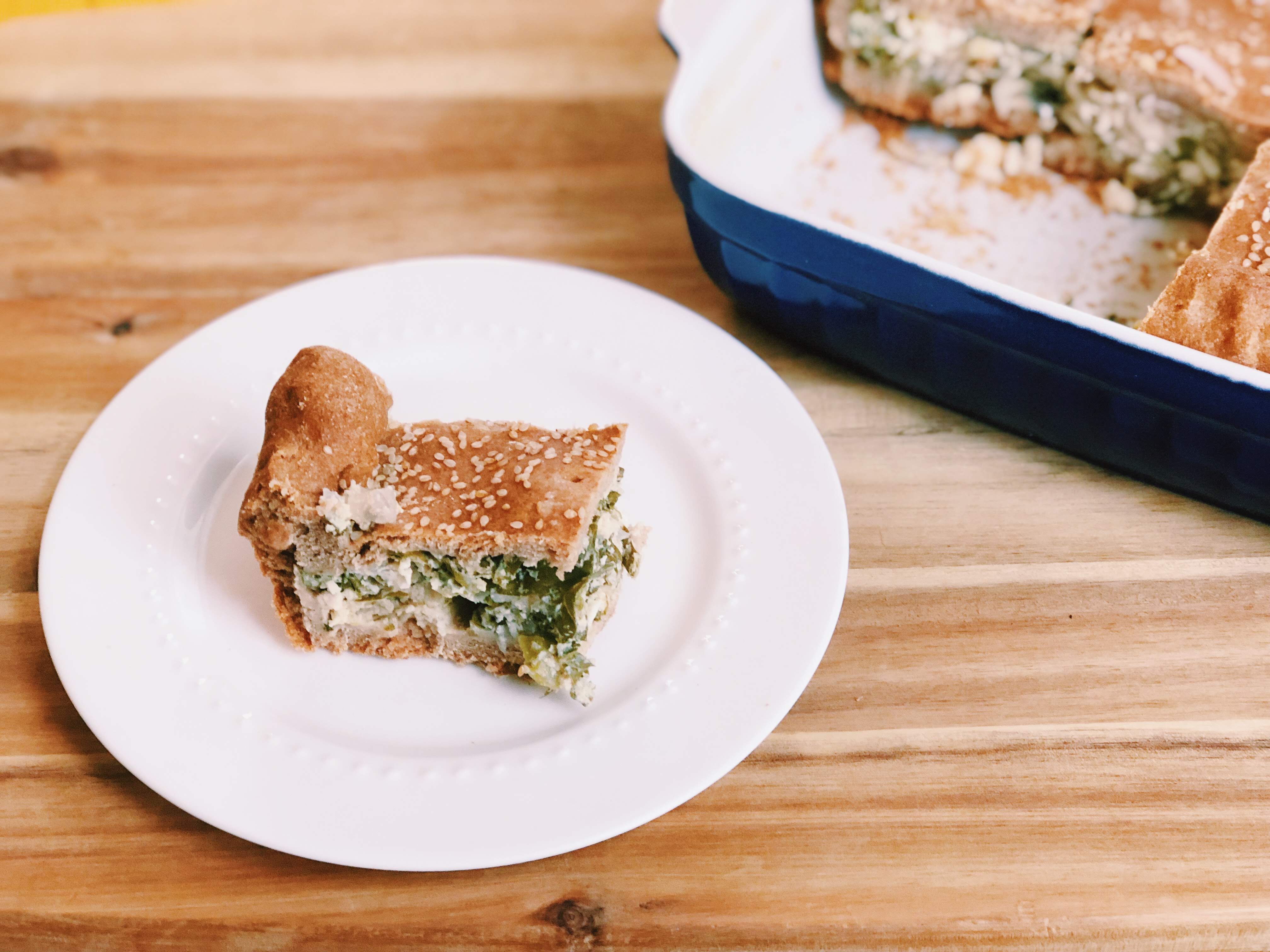Until about a hundred years ago, humans harvested their grains, tied them into sheaves, and left them in the field until the grain was needed. Exposed to weather, inevitably at least some of the grain would begin to sprout. Then just a byproduct of harvest, sprouted grain is now a health-food trend that has continuously gained traction since it appeared back on the health-food scene during the counterculture movement in the second half of the 20th century. Although still considered a niche trend by many, manufacturers are starting to take note of consumer reactions to sprouted grains’ healthful properties and more and more sprouted products – from bread to breakfast cereals – have started to make their way onto store shelves.
SPROUTED GRAINS
It can be easy to forget that the cereal grains we eat are actually dormant seeds, holding the potential for whole new plants within their walls. Just like the seeds you might plant for your garden, these grains are simply waiting for the right temperature and moisture to activate the growth process – waiting for the right conditions to sprout.
All three parts of the grain – the bran, the germ, and the endosperm – are essential to the growth of a new plant. The germ is the plant embryo, which will feed on the sugars stored as starch in the endosperm. The bran layers provide some additional nutrients to the germ and help protect the grain until it’s ready to start its growth cycle.
To date there is no regulated definition of what constitutes a ‘sprouted grain’. As part of the effort to standardize definitions of whole grains and whole grain foods, the Cereals and Grains Association has defined a malted, or sprouted grain, as follows:
Malted or sprouted grains containing all of the original bran, germ, and endosperm shall be considered whole grains as long as sprout growth does not exceed kernel length and nutrient values have not diminished. These grains should be labeled as malted or sprouted whole grain.
Though a good baseline, this definition lacks the specificity that many in the food industry are looking for. In 2015, the Whole Grains Council started the Sprouted Grains Working Group, to gain insight into the best practices of industry experts and to help facilitate a consensus process. Our Phase 1 Summary Report can be found here, and check out more on defining sprouted grains here.
NUTRITION
As with any living thing, a grain goes through some drastic changes when it starts to grow. No longer dormant, all parts of the grain need to get ready to support the growth of the germ into a new plant. The biochemical changes that take place impact macro- and micronutrients, making most of them more bioavailable – both for the budding plant and for us.
Each grain has a different mix of nutrients, and sprouting effects the nutrient levels of each grain type differently. In addition, the nutrient changes that take place in a sprouting grain are impacted by an array of factors such as genotype and germination conditions, like temperature, light, and time. This sensitivity of sprouting grains to external inputs has inspired an exciting area of research dedicated to understanding how different inputs elicit desired nutrient change in sprouted grains.
Despite these variations, the sprouting process makes the grain’s nutrients more bioavailable to those consuming the grain. When sprouting begins, enzymes within the grain are activated and start to metabolize the starchy endosperm. This transforms long-term storage starch into simple sugars that are more easily digested by the growing plant. Protein compounds within the grain go through the same type of transformation – newly activated enzymes increase the bioavailability of storage proteins by transforming them into peptides and amino acids. These changes – the transformation of starch to simple sugar and the degradation of storage proteins – make the grain easier for humans to digest. This includes gluten, which is a protein found in some grains such as wheat, barley and rye. Because the geminating seeds’ enzymes basically “pre-digest” the gluten, those with non-celiac gluten sensitivities tend to be less reactive to gluten in sprouted grains.
Like gluten, phytates are a component of grains that some people try to avoid. Phytates are bioactive compounds that are found naturally in nearly all plant foods. Phytates are sometimes referred to as “anti-nutrients” because they can bind some minerals and make them less available to your body. Although the quantity of nutrients that your body can absorb from a food varies widely depending on what other foods you’re pairing it with, how it’s cooked, and what your overall diet is like, sprouting is known to decrease the phytate content in grains. These decreased phytate levels increase the bioavailability of phosphorous and other important minerals for absorption into the body.
SPROUTING GRAINS
Sprouting grains is a delicate process. Just the right amount of time, temperature, and moisture is necessary jumpstart germination, and expertise is needed to know the right moment to stop the sprouting before key nutrients begin to degrade. Too much moisture, and the grain drowns. If the moisture is not removed once the grain does begin to sprout, it can begin to ferment or even to rot. Manufacturers sprout their grains under carefully-controlled conditions, with just the right amount of moisture and warmth until the enzymatic processes are at their peak. The sprouted grains are then made into products using two different approaches:
The Dry Approach. Grains are sprouted then dried. This dried sprouted grain can be used in cooking as is, or it can be milled into sprouted grain flour which is in turn used to make a wide variety of products.
The Wet Approach. Alternately, wet sprouted grains are mashed into a thick purée which is used to make breads, tortillas, muffins and other products. These products are often described as “flourless” and are frequently sold frozen.
TIME TO EAT!
Because they have already begun to break down, intact sprouted grains cook in a shorter amount of time than intact unsprouted whole grains. Sprouted whole grain flours can be used in 1:1 substitution with their conventional counterpart. They act a little differently in baking than conventional grains, but many of these differences improve the performance of the flour. For instance, the enzymatic activity produced during the sprouting process allows sprouted wheat to form stronger gluten bonds in developing bread dough, which means less kneading is necessary. The more active dough also ferments very rapidly, which eliminates the need for overnight proofing and prefermentation, saving significant time. Additionally, breads made with sprouted grains tend to have a longer shelf life, and sprouted dough can take on more water than conventional dough, which makes for a more airy, open crumb (which bakers and bread-eaters love).
Try your hand at cooking and baking with sprouted grains with the recipes below!
Sprouted Sandwich Bread and Rolls





